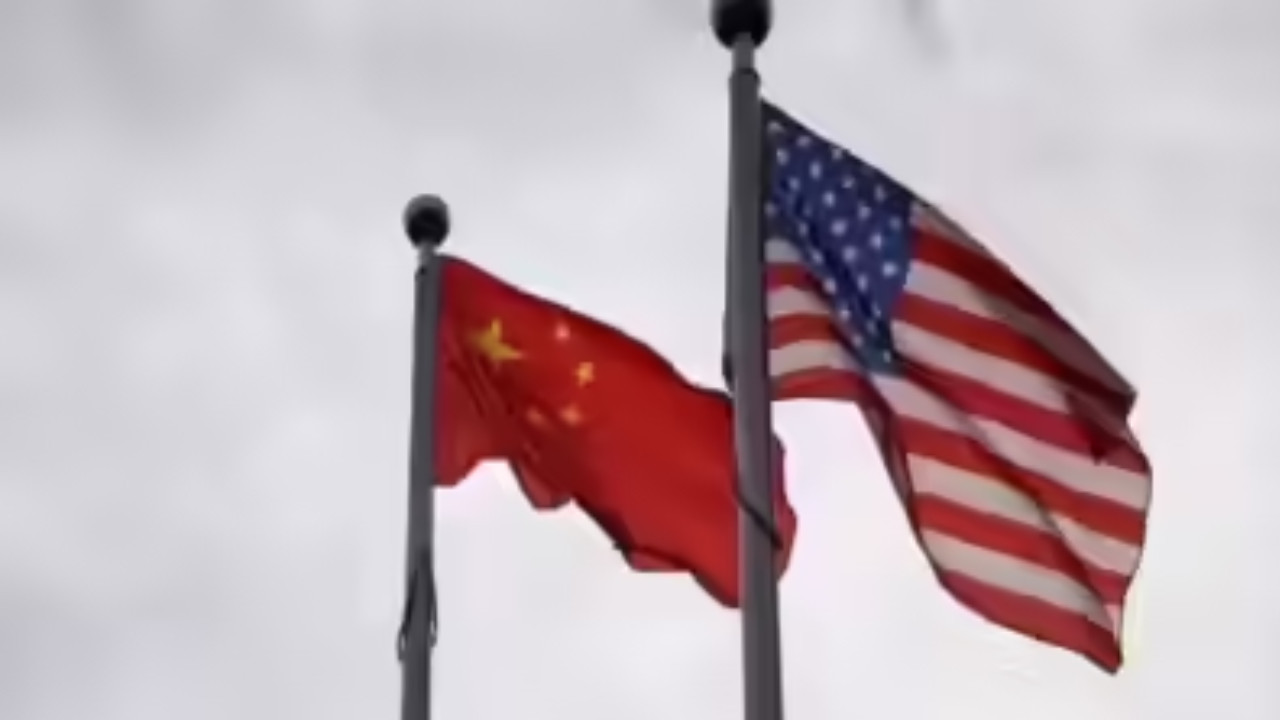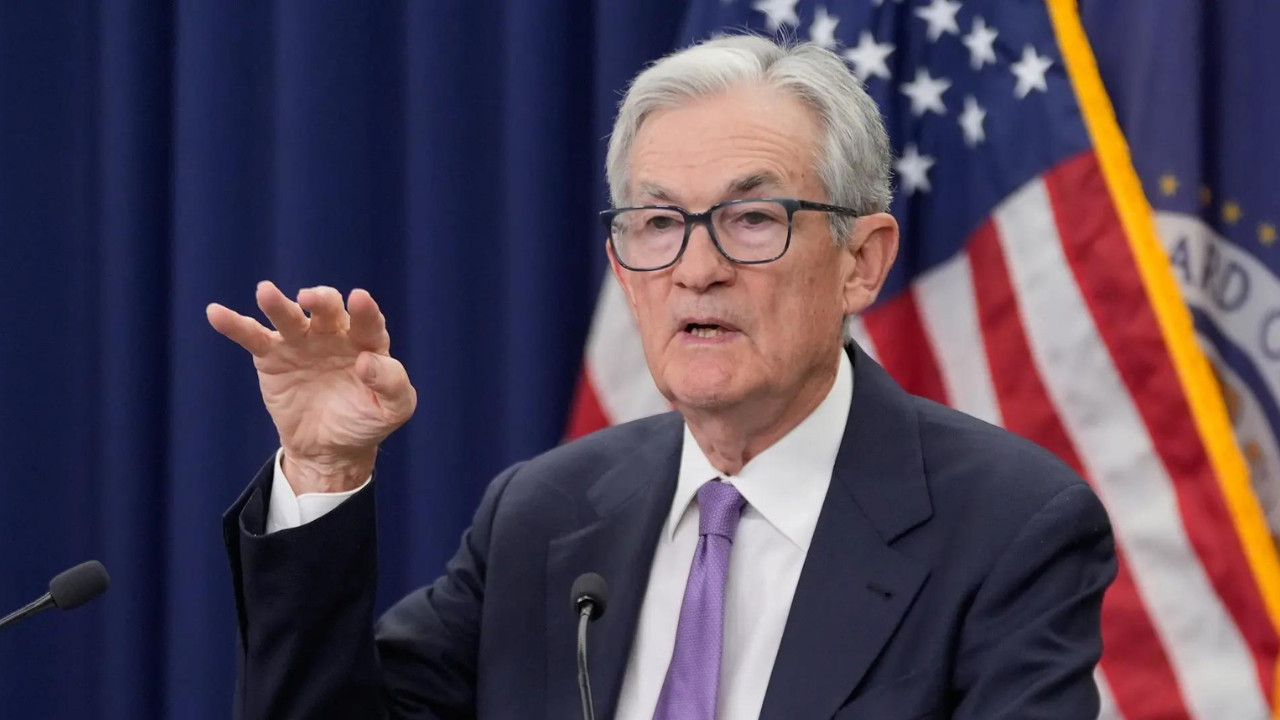Chinese trade representative Li Chenggang met with US officials to discuss economic relations and address differences through consultation. This occurred as a US Senate committee visited Taiwan, reaffirming their partnership amid tensions with China. Trump previously stated that Xi Jinping assured him China wouldn’t invade Taiwan during his presidency.
Charting a New Course: Can China and the US Navigate Economic Tensions?
The world’s eyes are glued to the evolving dance between China and the United States, a relationship as complex as it is crucial to global stability. Just recently, a high-level meeting in Washington signaled a potential shift in the narrative, offering a glimmer of hope for smoother economic waters. But is this just a fleeting moment of diplomacy, or does it herald a genuine move towards cooperation?
The meeting itself was significant. China’s trade representative, a key figure in Beijing’s economic decision-making, sat down with top US officials to discuss a range of pressing issues. The agenda? Primarily focused on finding common ground on trade imbalances, technological competition, and broader economic cooperation. While details of the discussions remained tightly under wraps, the mere fact that the meeting occurred is, in itself, noteworthy. For months, dialogue between the two economic powerhouses had been strained, making this face-to-face interaction a welcome sign that both sides are willing to engage.
Understanding the Stakes: A Global Interdependence
It’s impossible to overstate the importance of the Sino-American economic relationship. The two nations are deeply intertwined, their economies relying on each other in countless ways. From supply chains that span continents to billions of dollars in investments flowing in both directions, any disruption reverberates across the globe. Remember the supply chain chaos of the last few years? A significant portion of that stemmed from disruptions in trade between these two giants.
The current tensions aren’t simply about tariffs and trade deficits. They reflect deeper strategic concerns, particularly regarding technology and national security. Both countries are vying for leadership in key sectors like artificial intelligence, semiconductors, and renewable energy. Protecting intellectual property and ensuring fair competition are paramount, but finding a balance between these concerns and fostering collaboration is a delicate act.
Economic Cooperation: A Path Forward?
The recent meeting suggests a potential path toward more constructive economic cooperation. The stated aim was to identify areas where both countries can work together to address shared challenges. This could include addressing climate change, promoting global health security, or even coordinating on macroeconomic policies. The focus on cooperation, rather than confrontation, is a subtle but significant shift in tone.

However, let’s not get ahead of ourselves. The road to smoother relations is likely to be long and winding. Deep-seated disagreements remain, and navigating these differences will require patience, pragmatism, and a willingness to compromise on both sides. Neither country is likely to abandon its core interests or strategic objectives.
One potential area of focus could be expanding trade in specific sectors. Perhaps focusing on agricultural products or certain manufactured goods could help address trade imbalances without escalating broader tensions. Another avenue might involve establishing clear rules and guidelines for technological competition, ensuring that innovation is fostered in a fair and transparent manner. Successfully navigating these challenges requires skillful diplomacy and a commitment to finding mutually beneficial solutions.
The Impact on the World Stage
The outcome of this Sino-American relationship will have far-reaching consequences for the rest of the world. A stable and cooperative relationship between the two countries can foster global economic growth and stability. Conversely, escalating tensions could trigger trade wars, investment freezes, and geopolitical instability. The stakes are incredibly high, and the world is watching closely to see how this drama unfolds.
Businesses around the world are also keenly aware of the situation. The prospect of increased tariffs and trade barriers creates uncertainty and can disrupt supply chains. Companies are increasingly looking to diversify their operations and reduce their reliance on either China or the United States. This trend is likely to continue, regardless of the outcome of the current dialogue.
While the recent meeting is a positive sign, it’s crucial to maintain a realistic perspective. The challenges facing the Sino-American relationship are significant, and there are no easy solutions. However, the willingness to engage in dialogue is a necessary first step. Moving forward, both countries will need to prioritize communication, transparency, and a genuine commitment to finding common ground. Only then can they hope to navigate the complex and ever-evolving landscape of global economics. To understand more about the global impact of geopolitical events, check out our analysis on [the impact of global events on market volatility](/global-market-volatility).
Ultimately, the path ahead hinges on sustained dialogue, a willingness to compromise, and a clear understanding of the shared benefits of a stable and prosperous global economy. The future of economic cooperation between China and the US will not only shape their destinies but also influence the trajectory of the entire world.







